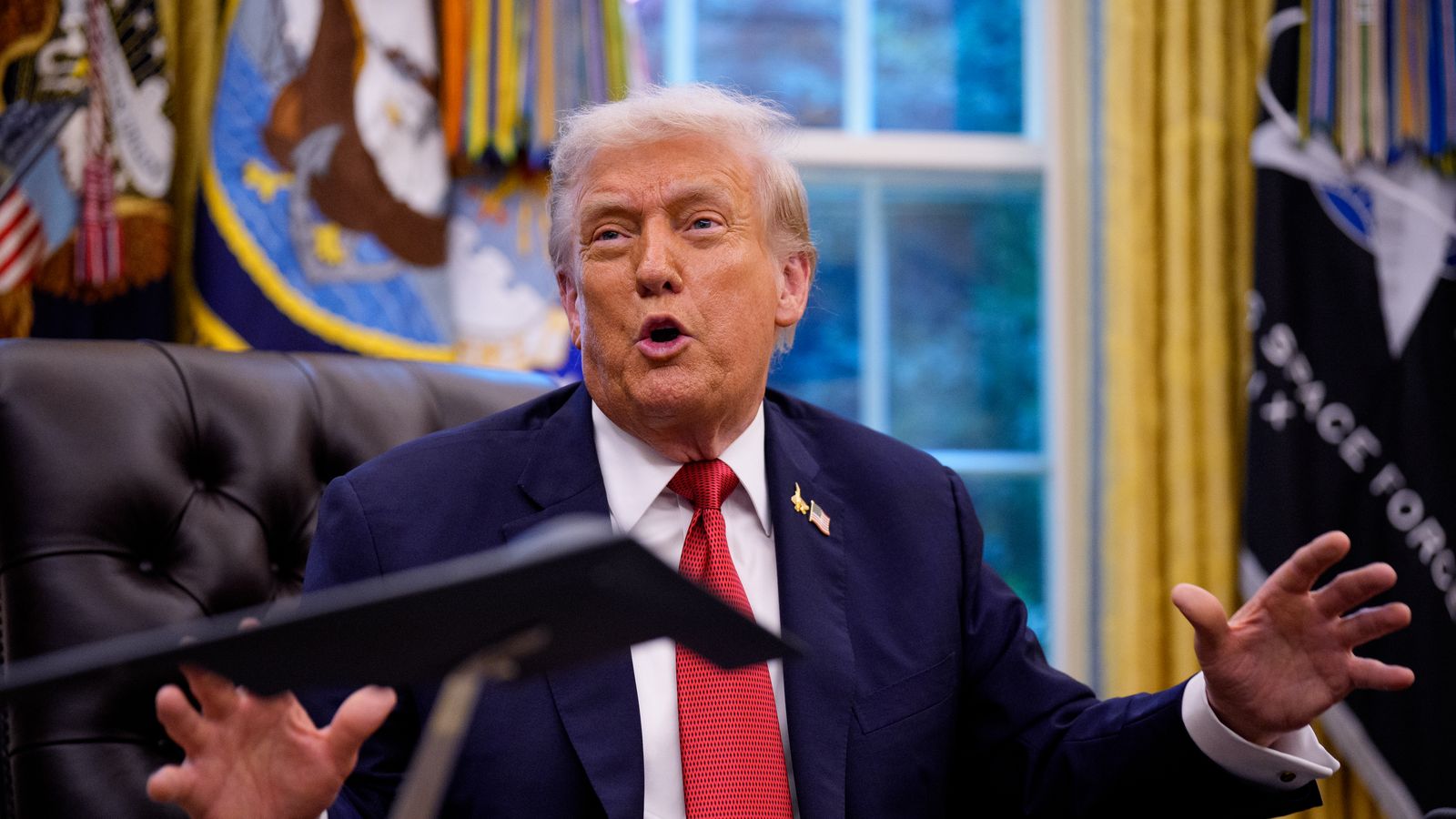The debate over former president Donald Trump’s foreign policy record remains one of the most contested aspects of his time in office. Among his boldest claims was the assertion that he had successfully ended six wars during his administration. For his supporters, this was presented as evidence of his commitment to avoiding costly overseas entanglements and prioritizing American interests. For critics, however, the statement was either an exaggeration or a misrepresentation of ongoing conflicts. To assess this, it is important to carefully examine what “ending a war” actually means and how Trump’s actions aligned—or failed to align—with that standard.
When evaluating this claim, it is crucial to recognize that few modern conflicts conclude with formal declarations of victory or surrender. Instead, wars often shift into different phases: some become frozen disputes, others transition into counterterrorism operations, and many simmer in a state of fragile ceasefire. In this context, Trump’s foreign policy initiatives did not necessarily end wars in the traditional sense but sought to scale back U.S. involvement in certain regions. The most prominent example was Afghanistan, where his administration negotiated directly with the Taliban to secure an agreement aimed at withdrawing American troops. Though the full withdrawal occurred under his successor, the groundwork for reducing America’s longest-running war was largely shaped during his presidency.
Beyond Afghanistan, Trump pushed for a decreased U.S. military footprint in Iraq and Syria. His administration declared the defeat of the Islamic State’s territorial caliphate, a significant milestone that marked a shift from large-scale combat operations to targeted counterterrorism missions. While this was an important development, experts argue that it did not end the conflict entirely, since extremist groups remained active and instability persisted in the region. Still, for the Trump administration, framing the rollback of ISIS as a decisive victory allowed the claim of having “ended” a war to gain traction among his supporters.
Trump also oversaw troop reductions in other regions, such as Somalia, where American forces had been engaged in counterinsurgency operations against the militant group al-Shabaab. The decision to scale back presence there was consistent with his broader “America First” philosophy, which aimed to avoid prolonged military commitments abroad. However, critics point out that relocating troops or reducing direct involvement does not necessarily resolve the underlying conflict, meaning that the wars themselves continued, albeit with less visible American participation.
In addition to troop withdrawals, Trump placed significant emphasis on diplomatic agreements that he presented as steps toward peace. The Abraham Accords, for example, normalized relations between Israel and several Arab nations, a diplomatic breakthrough that lowered tensions in a volatile region. While these accords did not officially end an active war, they were framed by his administration as peace-building achievements that supported his broader narrative of reducing conflict.
Despite these actions, skeptics argue that claiming the end of six wars stretches the definition of “ending” to its limits. In some cases, fighting continued, though American involvement was reduced. In others, diplomatic agreements addressed only part of the conflict without resolving deeper issues. Moreover, some conflicts were already winding down or evolving before Trump entered office, raising questions about whether his administration can take full credit for their trajectory.
The bigger issue is whether decreasing U.S. involvement overseas means stopping wars. Trump’s strategies clearly highlighted pulling out and decreasing tensions rather than increasing military actions. In contrast to earlier governments, he refrained from initiating new large-scale operations and often condemned America’s function as the global enforcer. For numerous Americans tired of prolonged wars, this strategy struck a chord, although the results were more complicated than campaign promises indicated.
From an analytical perspective, Trump’s claim reflects both a political strategy and a partial truth. He did oversee significant troop withdrawals, supported historic diplomatic agreements, and sought to reshape America’s global role. Yet, the idea that six wars were conclusively ended under his leadership is debatable, given the persistent instability and continued violence in many of those regions.
El debate sobre si Trump realmente concluyó seis guerras subraya la dificultad de evaluar el éxito en los conflictos actuales. En la era contemporánea, los conflictos casi nunca terminan con resoluciones claras; en su lugar, se convierten en nuevas formas de lucha, frecuentemente sin un desenlace. Aunque la administración de Trump puede reconocerle la reducción de la participación directa de Estados Unidos en varios frentes, afirmar que puso fin a seis guerras simplifica en exceso una realidad que es mucho más compleja.
For supporters, the claim reinforces the image of a leader who prioritized American interests and resisted foreign entanglements. For critics, it underscores the gap between political rhetoric and on-the-ground realities. What remains undeniable is that Trump’s foreign policy marked a shift in tone and direction—away from interventionism and toward retrenchment—even if the wars themselves did not truly end.




